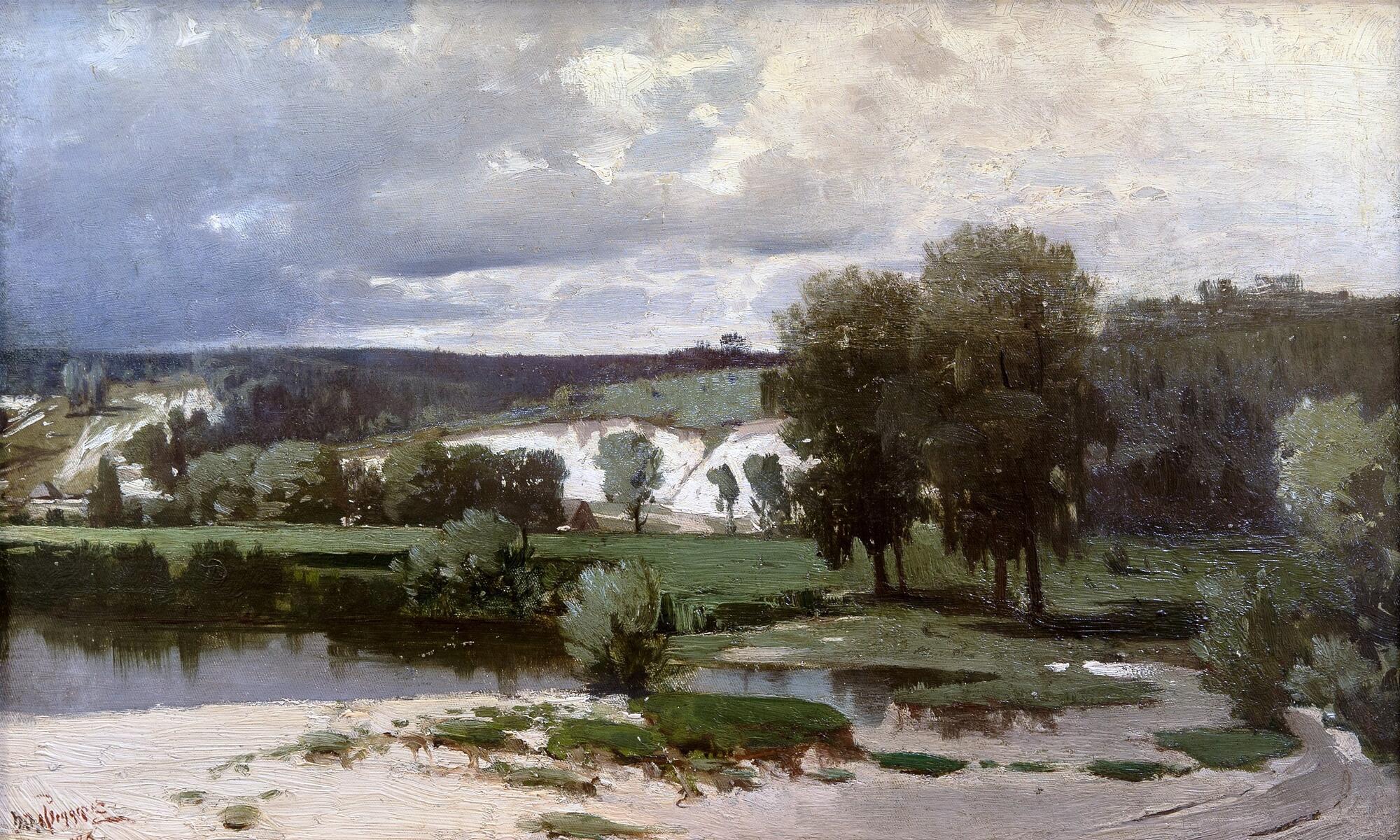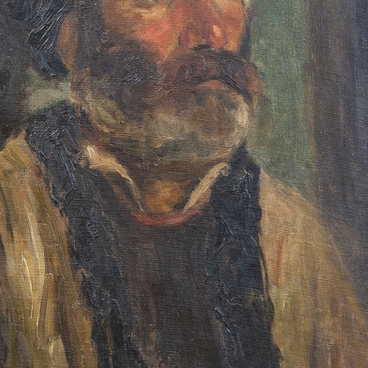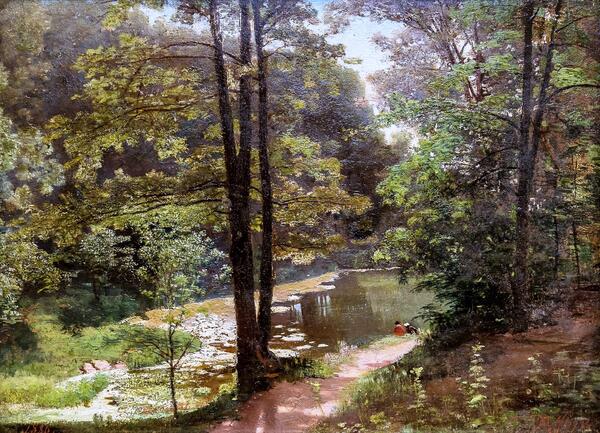Julius Woldemar Fedders was a landscape painter and portraitist. He studied at the Saint Petersburg Academy of Arts under Sokrat Maximovich Vorobyov and the Dusseldorf Academy of Art under Eugen Dücker. He taught sketching and drawing in Mitau (now — Jelgava, Latvia), Saint Petersburg and Belgorod. The artist’s works are kept in the State Tretyakov Gallery, the State Russian Museum and other collections.
Julius Fedders and his family lived in Belgorod twice — in 1876–1886 and 1898–1905. The first Belgorod period is considered the most productive in Fedders’ career. His teaching career at the Belgorod Teachers’ Institute, where he was assigned with letters of recommendation from the Saint Petersburg Imperial Academy of Arts and the Belgorod Men’s Gymnasium, did not prevent him from painting. It was during that period that the artist created 120 large paintings and hundreds of studies. He participated in academic exhibitions, and in 1880, the Academy Council recognized the 1st class artist Fedders as an academician of painting.
The artist’s “Summer Landscape”, painted in 1886, is an example of a lyrical landscape in the style of Realism. The landscape depicts the white limestone riverbanks, which Belgorod was named after (Belgorod means “white city”).
The composition is based on the traditional academic landscape scheme. The three grounds parallel to each other form a harmonious panoramic view of the area.
The artist painted a sandy shore, limestone riverbanks and hills in the distance in the plein-air manner. The state of nature is conveyed by the dark-colored greenery, the almost black reflections of tree crowns on the grayish-brown surface of the water, and the light, appearing lead-gray in the left part of the painting and passing into the light gray, almost white color of the sky in the right part.
The motif of the impending bad weather, forces of nature or storms that have just passed produces a dramatic effect, creating tension, and can often be found in the landscapes of Romantic artists.
The impasto surface (impasto is a technique using dense, thick strokes of paint) of the foreground intensifies the impression of the plein-air depiction of nature.



